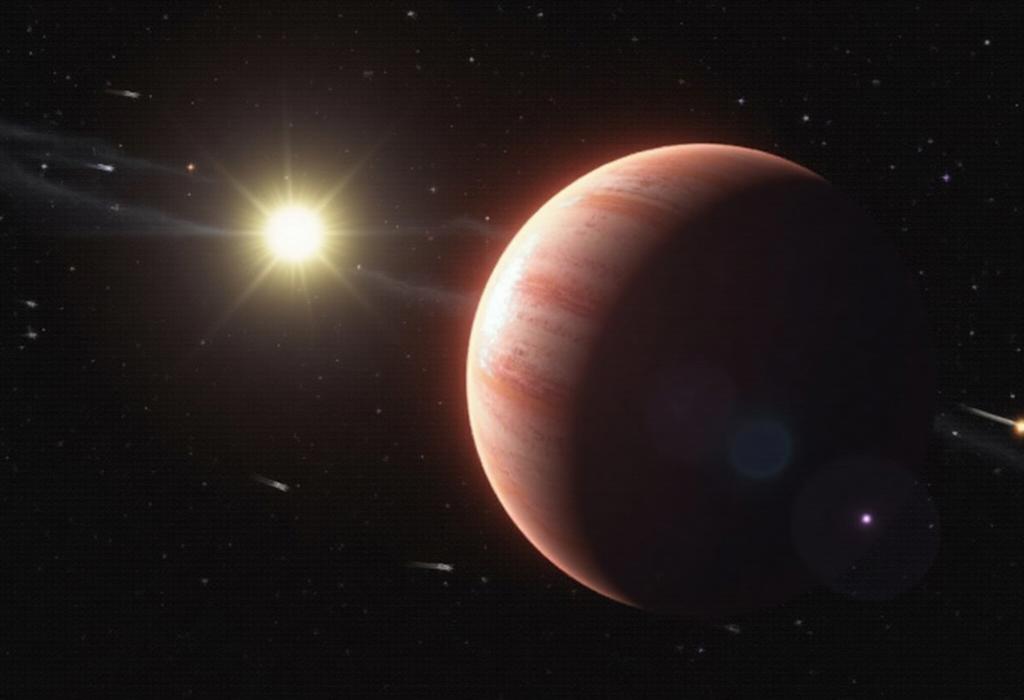Last week, researchers utilizing the James Webb Space Telescope (JWST) made headlines worldwide with their announcement regarding the potential detection of dimethyl sulfide (DMS) on the distant exoplanet K2-18 b, a planet orbiting a red dwarf star approximately 120 light-years away. This exoplanet is considered to be within its star's habitable zone and may exhibit characteristics typical of a 'Hycean world'—steamy and ocean-covered with a hydrogen-rich atmosphere. The identification of DMS, a molecule primarily produced by marine microorganisms on Earth, stirred speculation and excitement about the possibility of detecting life beyond our planet. However, while the detection holds a statistical confidence of 3-sigma—which indicates a noteworthy yet not definitive finding—many scientists remain skeptical.
Experts from various disciplines are weighing in with mixed reactions. Some are cautiously optimistic while others express deep skepticism about the data and the interpretations surrounding it. For instance, a planetary chemist from the University of Cambridge pointed out that the current evidence does not provide sufficient confidence to claim signs of life. He argued that the necessary steps for verifying such claims have not yet been met and emphasized the challenges posed by the planet’s extreme conditions, which may not be conducive to life as we understand it.
Furthermore, a geochemist noted that the data might be capturing unusual features which may not necessarily be attributable to DMS. The professor expressed the need for more detailed investigations to determine the nature of the molecular signatures present and warned against prematurely labeling them as biosignatures without substantial supporting evidence. These sentiments were echoed by others in the scientific community who caution that while the data is intriguing, it is important to remain grounded and analytical.
The coverage surrounding this discovery raises questions about how media outlets interpret and relay scientific findings to the public. Some experts believe that the excitement generated by speculative headlines could detract from the credibility of the scientific community in the long run.
The debate over K2-18 b reflects a broader tension in astrobiology, where researchers grapple with defining and classes the delicate threshold between possibility and certainty. As technology such as the JWST progresses, it is crucial for the scientific community to approach such findings with both enthusiasm for discovery and rigorous skepticism to ensure that future research remains credible and well-grounded.
AD
AD
AD
AD
Bias Analysis
Bias Score:
65/100
Neutral
Biased
This news has been analyzed from 12 different sources.
Bias Assessment: The coverage displays a tendency towards speculation and sensationalism surrounding the potential discovery of extraterrestrial life. While it presents multiple expert opinions, the overall narrative is framed to evoke excitement and wonder, which may lead to an inflated perception of the findings. This creates a balance of objective analysis and subjective interpretation, resulting in a moderately high bias score.
Key Questions About This Article




